Karachi's construction bylaws have evolved since the colonial era, addressing challenges like illegal structures and congestion. The Amir Khusro Construction Bylaws regulate zoning, building heights, and safety standards, shaping the city's skyline and promoting structured growth. While these laws aim to create a safe and vibrant urban environment, they are criticized for stifling innovation and not keeping pace with Karachi's rapid urbanization. Future revisions should focus on flexible zoning and integrate smart city concepts to ensure sustainable and adaptable construction guidelines.
Explore the transformative impact of the Amir Khusro Construction Bylaws on urban development in Karachi. This comprehensive piece delves into the historical context, key provisions, and far-reaching effects of these regulations. From managing dense urbanization to fostering sustainable growth, the bylaws have reshaped Karachi’s landscape. We examine challenges, criticisms, and potential future revisions while highlighting the critical role they play in shaping the metropolis. Discover how these rules navigate the delicate balance between progress and preservation in Pakistan’s bustling city.
- Historical Background of Construction Bylaws in Karachi
- Key Provisions of the Amir Khusro Construction Bylaws
- Impact and Benefits for Urban Development in Karachi
- Challenges and Criticisms: A Critical Analysis
- Future Implications and Potential Revisions
Historical Background of Construction Bylaws in Karachi
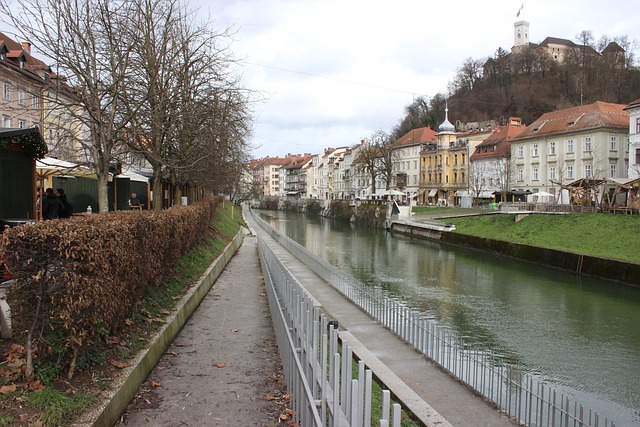
In the historical city of Karachi, construction bylaws have evolved alongside its urban landscape. The metropolis, with its vibrant growth and bustling development, has required stringent regulations to ensure safety and structured progress. Karachi’s construction laws date back to colonial times when the British Raj implemented guidelines for urban planning. These initial bylaws formed the foundation for future rules, catering to the city’s rapid expansion during the 20th century.
Over time, the construction industry in Karachi faced challenges such as illegal structures, safety hazards, and congestion. In response, local authorities introduced more comprehensive bylaws to address these issues. These regulatory measures aimed to maintain order, prevent chaos, and ensure the well-being of residents and workers alike. The historical background of construction bylaws in Karachi reflects a city’s journey towards urban sophistication and a structured development framework.
Key Provisions of the Amir Khusro Construction Bylaws
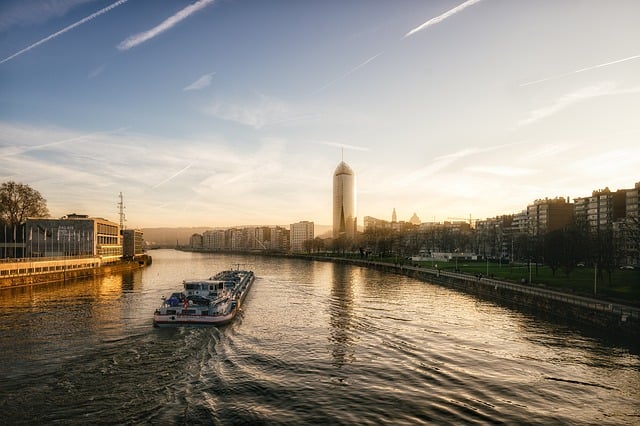
The Amir Khusro Construction Bylaws, a cornerstone of urban development in Karachi, are designed to ensure structured growth and maintain harmony in Pakistan’s vibrant metropolis. These bylaws encompass critical aspects such as zoning regulations, building height limits, and safety standards. They play a pivotal role in managing the city’s skyline and ensuring that construction projects align with Karachi’s unique landscape.
Key provisions include guidelines for land utilization, focusing on mixed-use development to promote sustainable urban living. The bylaws also mandate specific design considerations, emphasizing architectural harmony with surrounding structures. Additionally, they incorporate stringent safety measures, including fire protection systems and structural integrity checks, to safeguard residents and buildings alike. These regulations are regularly updated to reflect the evolving needs of Karachi, ensuring a safe, vibrant, and aesthetically pleasing urban environment.
Impact and Benefits for Urban Development in Karachi
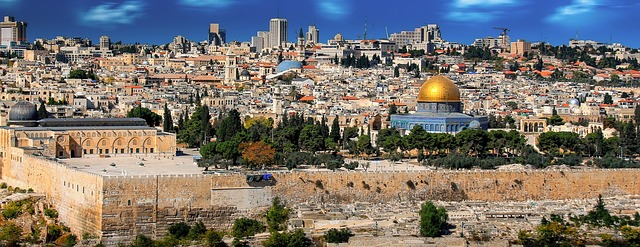
In the bustling metropolis of Karachi, the implementation of construction bylaws, inspired by Amir Khusro’s vision, has profound implications for urban development. These regulations, aimed at streamlining and regulating the building sector, offer numerous benefits to the city’s growth and sustainability. By setting standards for safety, quality, and efficiency, the bylaws ensure that construction projects adhere to environmental and social norms. This, in turn, promotes better infrastructure, enhances the aesthetic appeal of Karachi, and contributes to a more livable urban environment for its folks.
For instance, the bylaws can mitigate issues like illegal structures, unauthorized expansion, and haphazard development, which are common challenges faced by many cities, including Karachi. They encourage responsible land use, facilitate organized growth, and ensure that construction activities do not encroach upon public spaces or disrupt nearby communities. In the long run, these measures will revolutionize urban planning in Karachi, fostering a more vibrant, sustainable, and well-managed cityscape.
Challenges and Criticisms: A Critical Analysis

The construction landscape in Karachi, a bustling metropolis, is governed by a web of bylaws designed to regulate urban development. However, these laws face significant challenges and criticisms. One major issue is their outdated nature; many bylaws were drafted decades ago when the city’s needs and dynamics were vastly different from today’s rapidly evolving urban environment. This has led to regulatory frameworks that are often inefficient, cumbersome, and at odds with modern construction practices.
Critics argue that these bylaws stifle innovation and development, particularly in areas like infrastructure upgrades and smart city initiatives. The complex permitting processes and strict enforcement have been blamed for delays and increased costs, hampering both residential and commercial projects. Furthermore, the lack of transparency and inconsistent application of rules by authorities further exacerbates these issues, making it difficult for developers to navigate the regulatory maze. In light of these challenges, Karachi’s urban development strategy stands at a crossroads, requiring revised bylaws that are adaptable, inclusive, and conducive to fostering a vibrant and sustainable built environment.
Future Implications and Potential Revisions
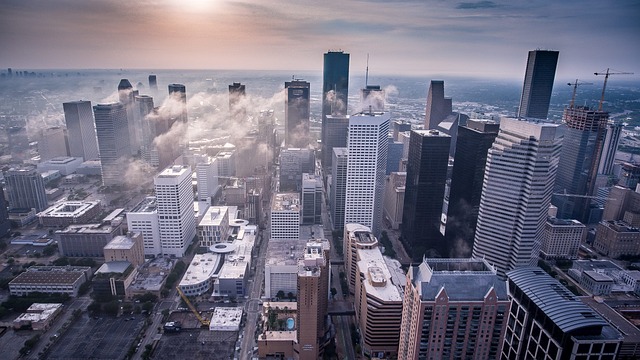
The construction bylaws of Karachi, while designed with good intentions, may face challenges in adapting to the city’s ever-evolving landscape. As Karachi continues to grow and urbanize, future revisions should consider the increasing demand for infrastructure and housing. One potential implication is the need for more flexible zoning regulations to accommodate innovative architectural designs and sustainable building practices.
Additionally, with advancements in technology, there’s an opportunity to integrate smart city concepts into construction bylaws. This could include incorporating green spaces, renewable energy solutions, and efficient waste management systems. By staying ahead of these trends, Karachi can ensure its construction guidelines remain relevant and contribute to a more livable and environmentally conscious future for the metropolis.
The Amir Khusro Construction Bylaws have significantly contributed to shaping urban development in Karachi, offering a comprehensive framework for efficient construction management. By addressing historical gaps in building regulations, these bylaws have streamlined processes and fostered a more organized and sustainable built environment. While challenges and criticisms exist, particularly regarding implementation and flexibility, the positive impact on quality infrastructure development is undeniable. Moving forward, potential revisions should focus on adapting to evolving urban needs while maintaining Karachi’s architectural heritage, ensuring a balanced and prosperous future for the city’s construction sector.
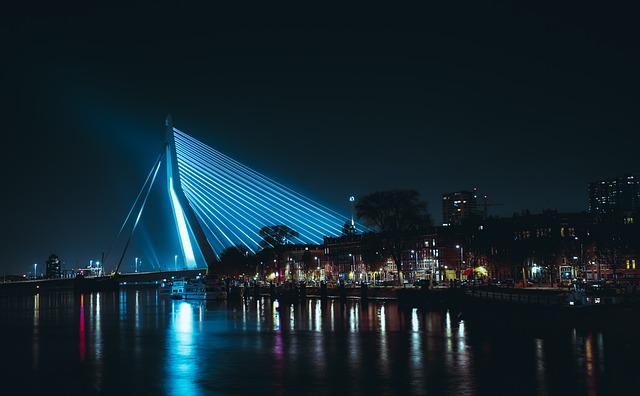




Leave a Reply